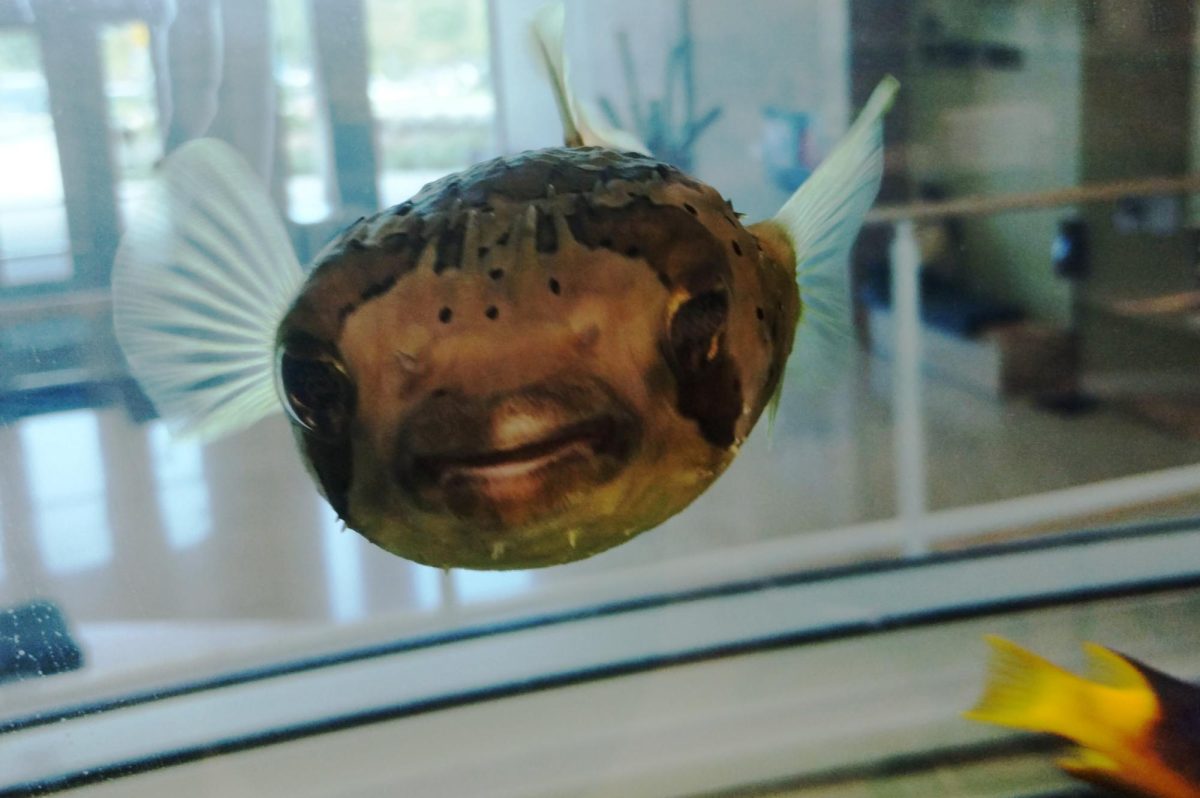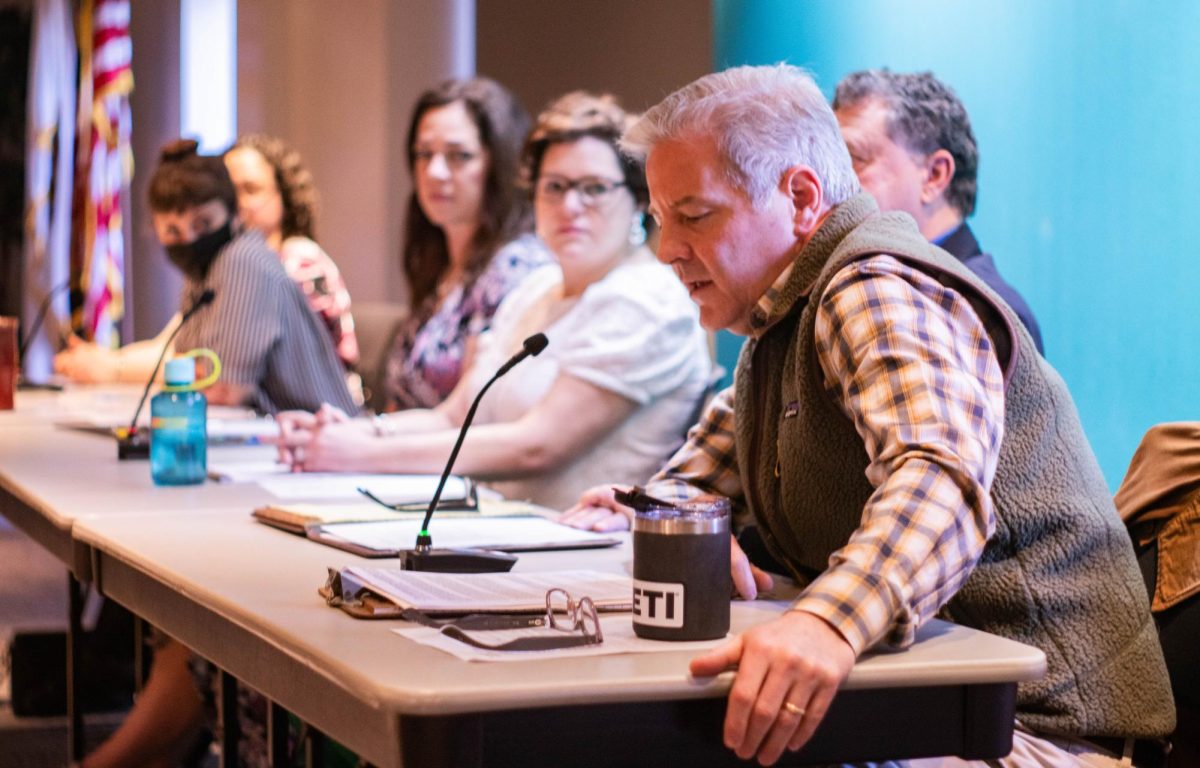A 2015 graduate of AACC’s entrepreneurial studies program is back on campus installing fish tanks in the Health and Life Sciences Building.
Dalton Leonard, owner of FantaSEA Aquariums, has installed six tanks in two biology classrooms for fish and other aquatic life.
Leonard also installs tanks in the offices of doctors and lawyers, who rely on FantaSEA Aquariums to feed and care for the fish.
The AACC job, Leonard said, is unique because a team at the college manages the tanks and takes care of the fish.
“They have a whole staff of biologists and team members” to manage the tanks, Leonard said.
Leonard said his favorite AACC tank is home to Puffy, a pufferfish with origins in the northern parts of North America to the southern parts of South America, who “quickly captured all of our hearts here and quickly became even one of our favorite fish.”
First-year arts and sciences student Saladi Walden agreed that Puffy is a class favorite. “Puffy deserves the spotlight,” Walden said.
Technical Specialist Tera Williamson called Puffy “kind of our lab mascot.”
Leonard designed each tank to mimic a different type of ecosystem, according to biology professor Paul Bushmann, who pointed to habitats featuring fish that live in tropical fresh or salt water or African fresh water, for example.
One tank, Bushmann said, contains fish that “you might see in a coral reef,” and another features “local fish from the [Chesapeake] Bay.”
Leonard said a coral reef aquarium is the most important kind of tank to put into a classroom.
“The next time that a student … hears of an oil spill, or the temperature of the ocean rising, or a coral reefing event, or a coral spawning event, or pollution, or an invasive species, now they have this memory of a beautiful reef aquarium and what they’re actually trying to protect out there in the ocean.”
Leonard added: “The majority of people in the country will never venture out into the ocean, and an even smaller majority of people will ever open their eyes to below sea level.”
Second-year arts and sciences student Owen Ashdown said inside the Chesapeake Bay tank is “pretty much … all stuff you can find there,” while the fresh-water tanks are “supposed to simulate, like, a river.”
Students taking biology classes sometimes feed the fish. Some students, like Ashdown, help clean the tanks.
Some of the tanks, which serve as a backdrop for the classes, contain animals like a Chilean rose tarantula, a Madagascar hissing cockroach and a corn snake named March.
Leonard enrolled in AACC at age 18 after installing a 1,600-gallon aquarium at Annapolis Mall.
“And then I realized that I knew everything about fish and nothing about business,” Leonard said. “That is when I enrolled myself in community college’s Entrepreneurial Studies program and became a Ratcliffe Scholar.”
He added: “I was happy to be able to give back.”
Grad installs tanks in HLSB
An AACC entrepreneurial studies graduate installed half a dozen fish tanks in the Health and Life Sciences Building. Shown, lab mascot Puffy the pufferfish.
December 7, 2023


















